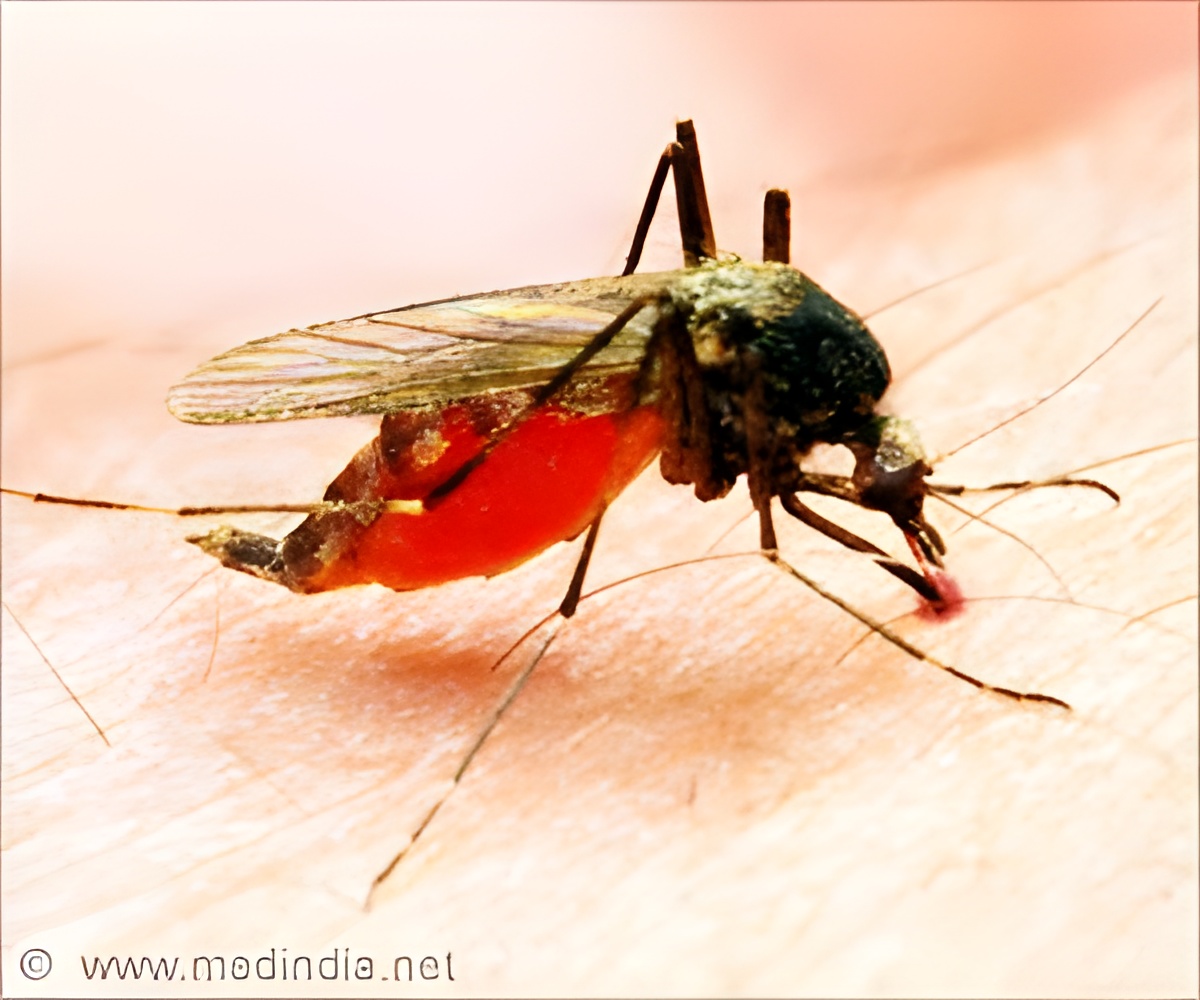
‘Many of the malaria parasites develop resistance to drugs. A promising strategy is to target the parasite's metabolism, but it has proven very complicated to connect to their genetics.’
Tweet it Now
There have been intensive research efforts to map out and target metabolic enzymes of the Plasmodium parasites. But their metabolism has proven to be versatile and complex, and integrating all existing data on the parasites' genetics to their metabolism is challenging. A new model of malaria parasites' metabolism: The lab of Vassily Hatzimanikatis at EPFL, with colleagues at Geneva and Bern, has now developed a new mathematical model of the malaria parasite P. falciparum. The model connects the experimental data from both genetics and metabolomics, which is the study of all the metabolic processes of an organism and maps out all of its metabolites.
Malaria parasites infect various cells through their life cycle, displaying different points of vulnerability at each life stage. However, there has not been a comprehensive attempt to investigate the enzymes that are consistently vulnerable.
The scientists studied P. falciparum but instead looked at the way the parasites produce and use energy for their metabolic reactions. This approach can help identify which metabolic functions are essential at each stage of the infection, and which are energetically coupled through key metabolites.
The scientists could therefore model, for the first time, the bioenergetics of the metabolism of P. falciparum, predicting with unprecedented accuracy which genes are indispensable for every biological function in the parasite.
Advertisement
"The design of efficient antimalarial drugs that target the parasites and not the patient's metabolism requires an in-depth understanding of the mechanisms that make a particular enzyme essential," says Anush Chiappino-Pepe, the Ph.D. student who carried out the study at Hatzimanikatis' lab. "So mathematical modeling of the parasite's metabolism becomes a very powerful tool."
Advertisement
This work included a contribution from the University of Geneva (Faculty of Medicine).
Source-Eurekalert












